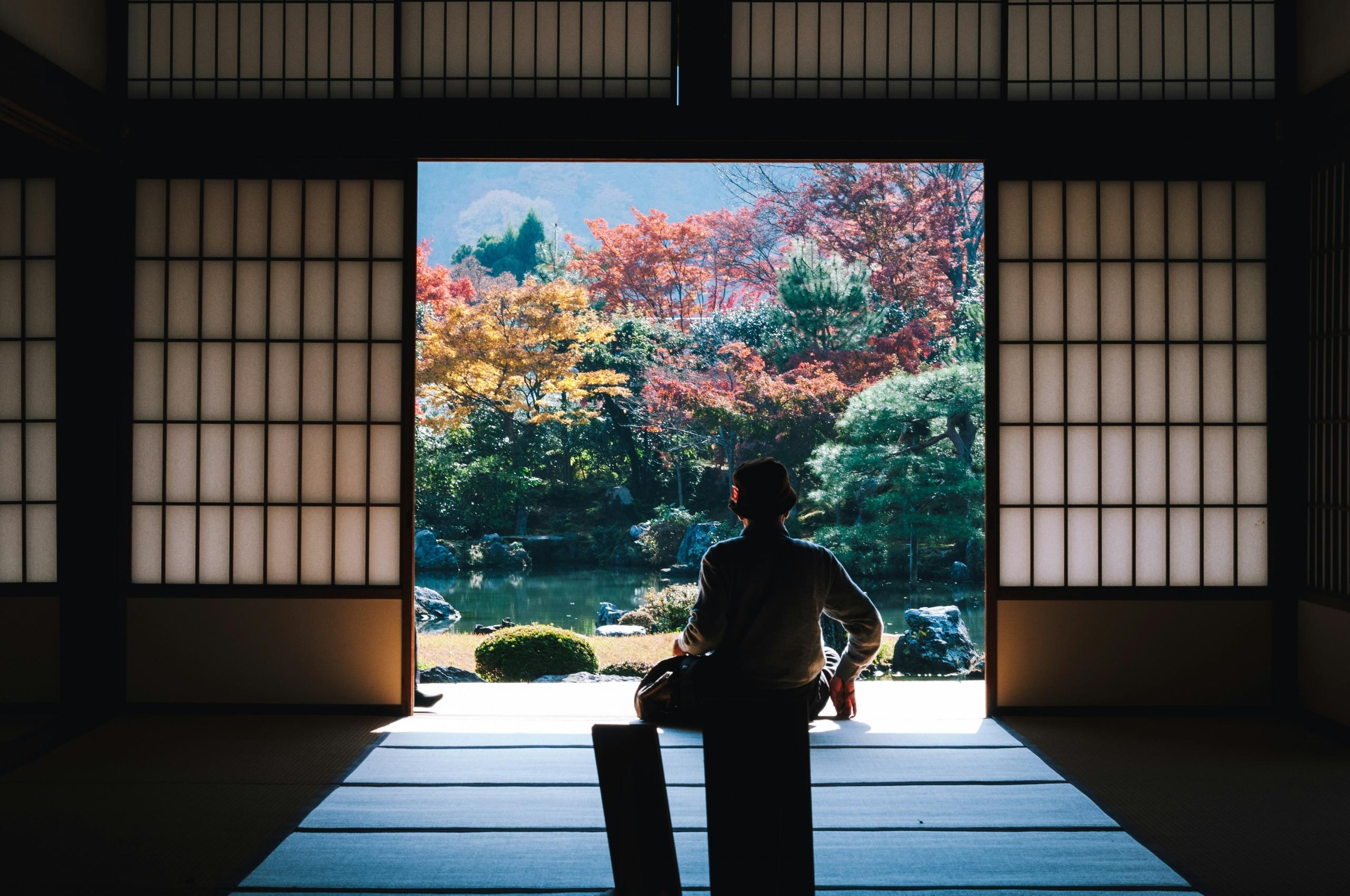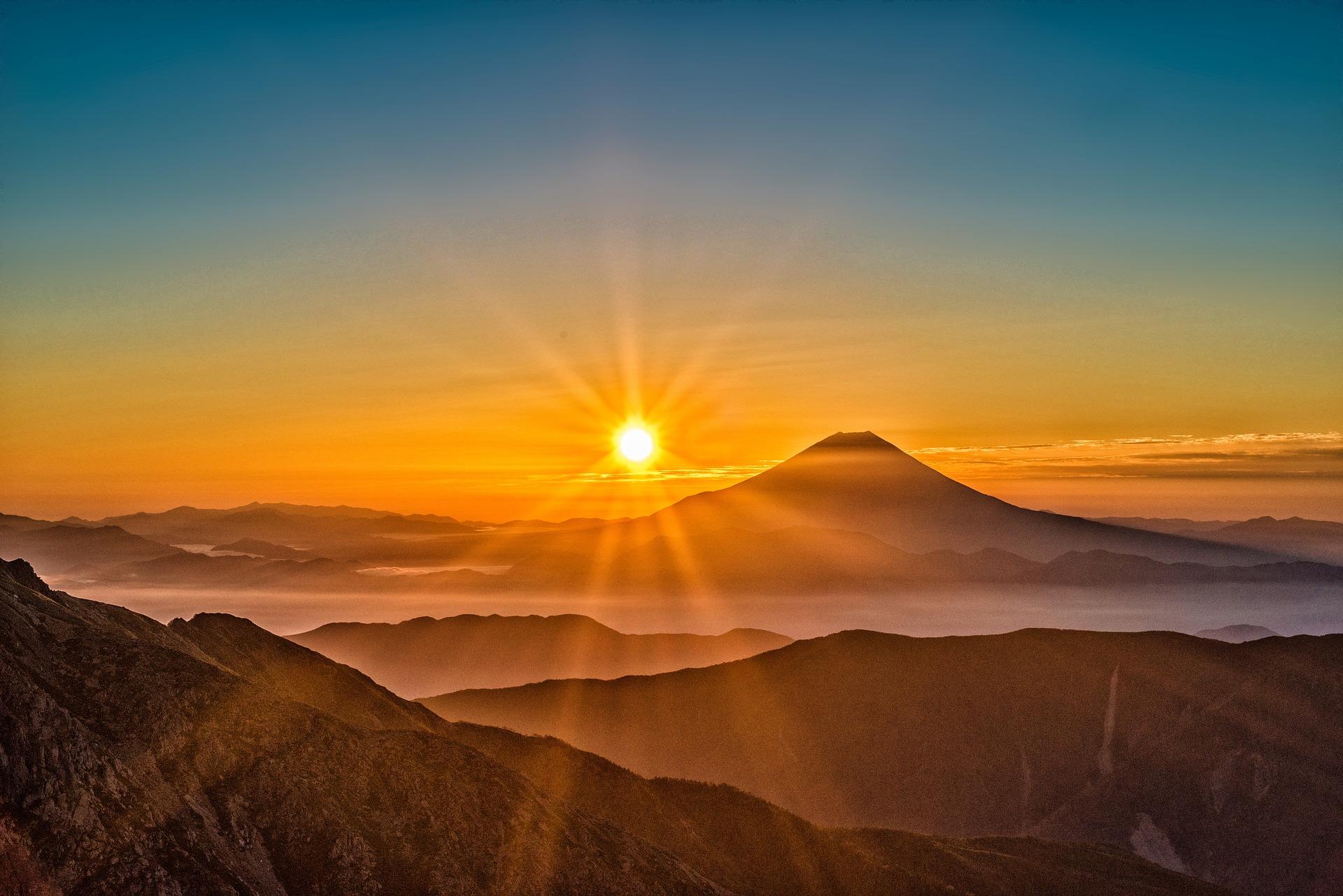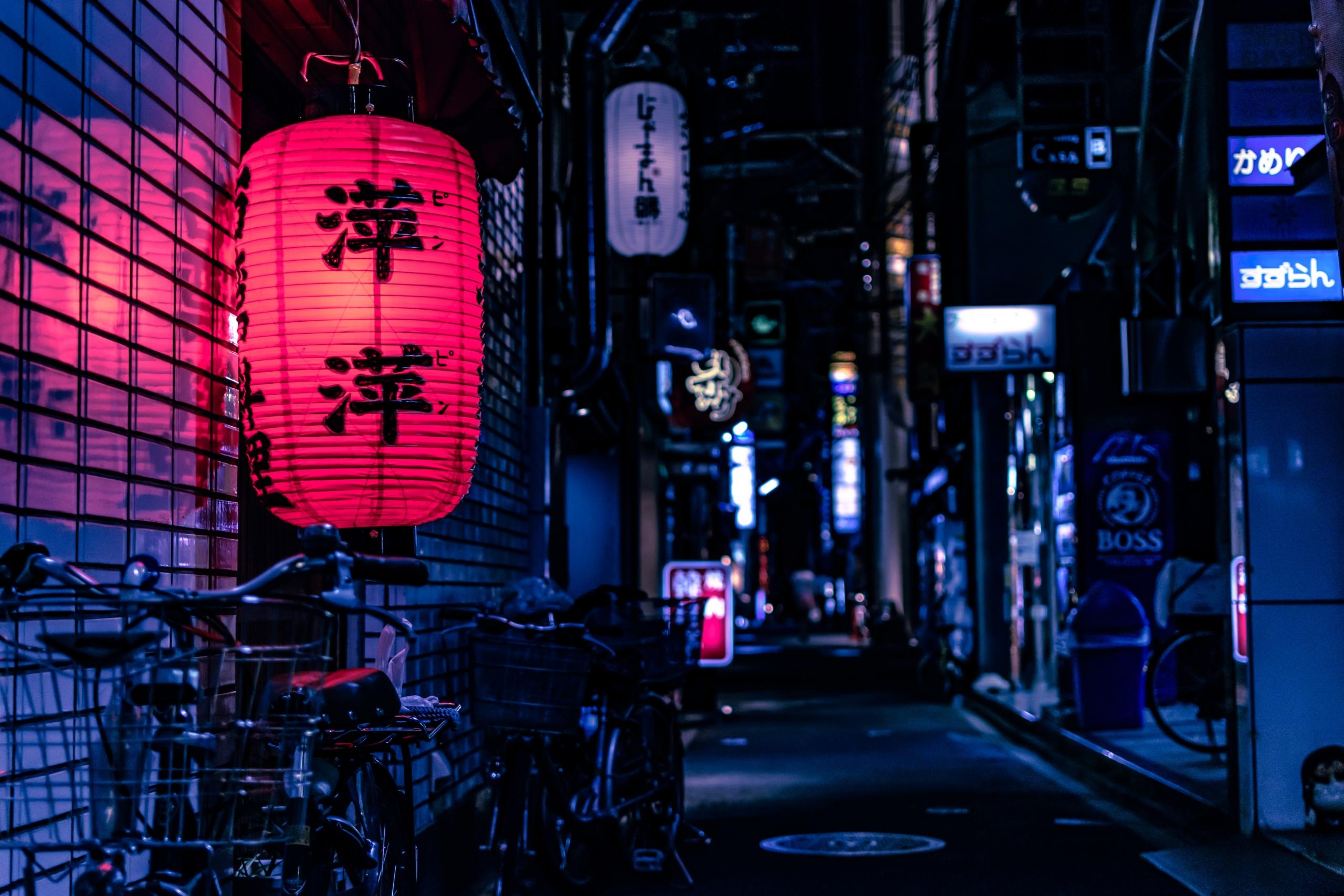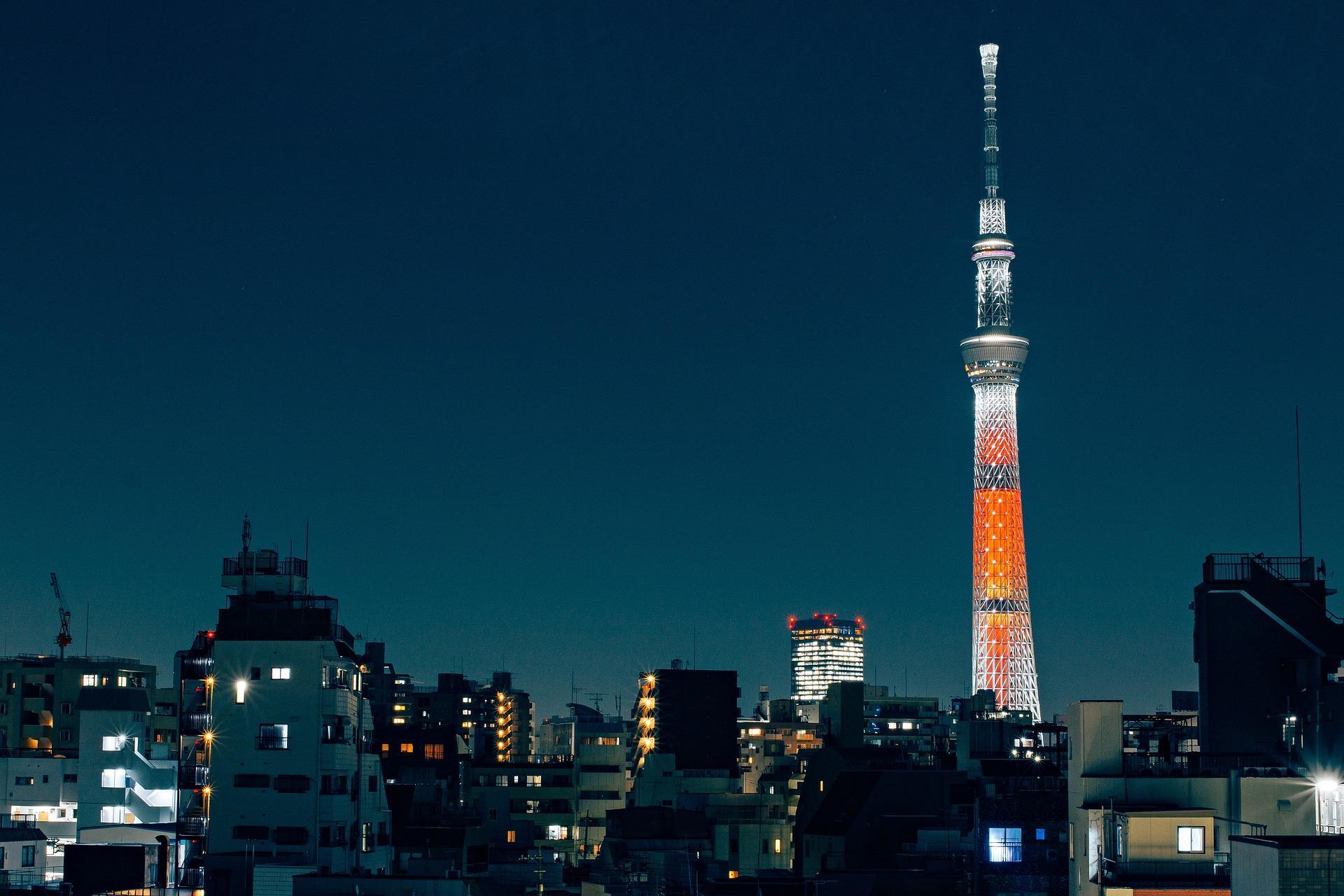Japan is often called "The Land of the Rising Sun" and even in Japanese, Nihon or Nippon mean "origin of the sun". This is due to its position in the east of Asia, where the sun first rises. The term now carries more meaning than simply its geographical connotation and is shorthand for the entire country. Here, we'll explore why Japan got its name, tracing its historical origins, and see how the sun motif appears in Japanese art, religion, and national symbols. We'll also show you what else you should know about Japan, including must-see cities, festivals, food, and unique cultural experiences!
Key Takeaways
- “Nihon” (日本) or “Nippon” literally means the origin of the sun.
- It was first recorded in 607 CE in a letter to China, reflecting Japan’s eastern position in Asia.
- The rising sun appears in Japan’s flag, Shinto beliefs (Amaterasu, the sun goddess), and centuries of literature, art, and symbolism.
- Japan is home to rich traditions, seasonal festivals, regional cuisines, and unique experiences like onsens and tea ceremonies.
- The best time to visit depends on the season: cherry blossoms in spring, festivals in summer, autumn foliage, and winter skiing.

Why Japan Is Called the Land of the Rising Sun: Historical Origins
According to Japan-Experience.com, Japan has been known by many different names with different meanings, which roughly translate to: " the fertile land where reeds grow in abundance by the water's edge and where rice and the four other cereals ripen ".
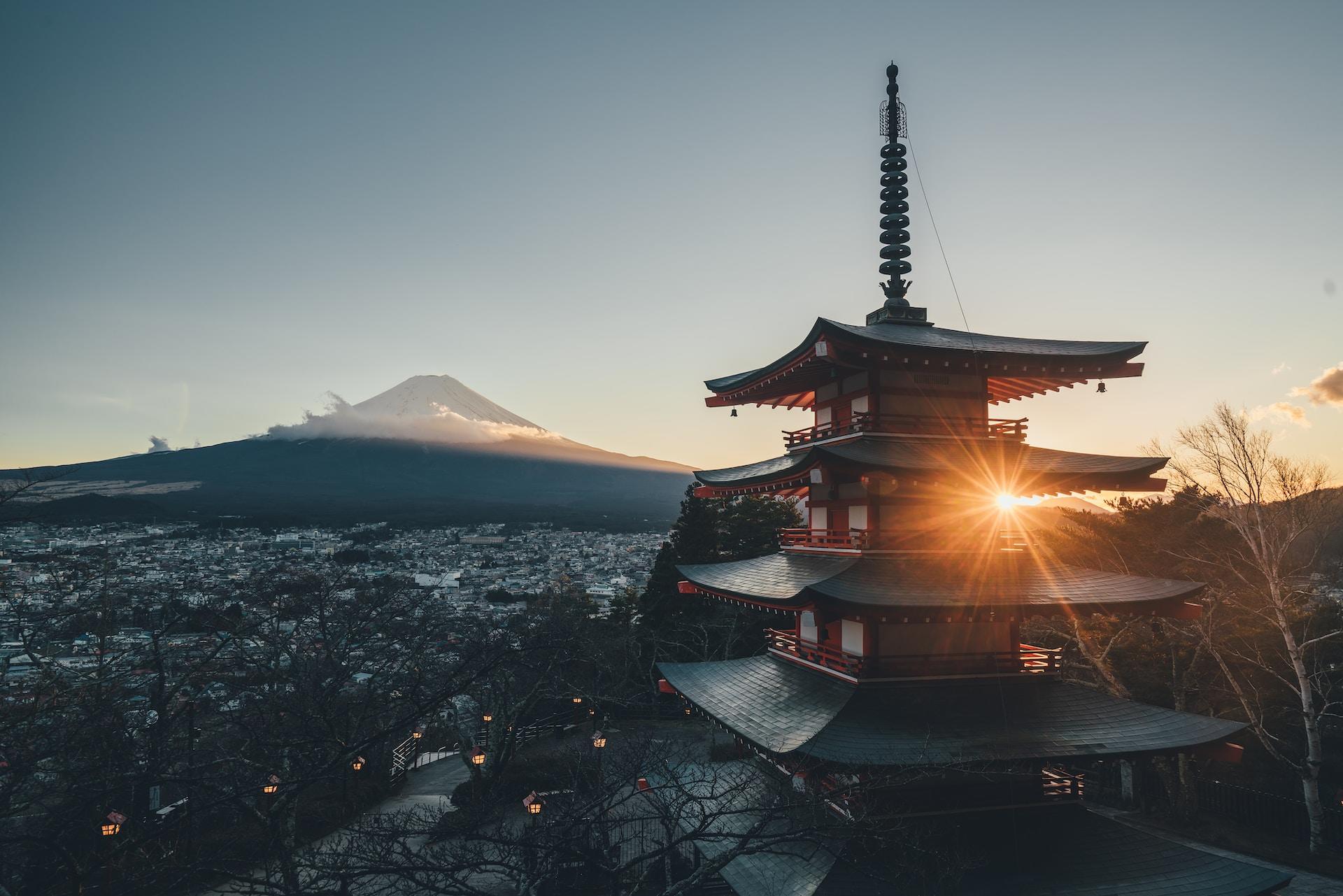
Japan is often referred to as "The Land of the Rising Sun" since it is the farthest country east on its particular latitude, and as the sun rises in the east, that means that Japan sees the sunrise before the rest of the continent.
The origin of the name in Japanese is even more literal, which is Nihon (日本) or Nippon. The characters "日" (ni) mean "sun" or "day," and "本" (hon) means "origin" or "base." Therefore, when combined, Nihon or Nippon can be translated as "origin of the sun" or "sun's origin."
The name is thought to originate from Japan's location to the east of the Asian continent. When the Chinese characters for Japan were first introduced to Japan from China, the ideogram for "sun" was interpreted to represent Japan's location to the east, where the sun rises. This association with the rising sun eventually led to the country being known as "The Land of the Rising Sun."
In 607 CE, an official correspondence, beginning with "from the Emperor of the rising sun", was sent to the Chinese Emperor Yang of Sui. This was one of the earliest documented uses of the title, which helped formalise Japan's positioning as the land where the sun originates. To the Chinese court, it simply referred to Japan's easternmost location, but to the Japanese, it helped lay the foundations for the "sun" being adopted as a symbol of Japanese national identity.
The sun remains a key part of the Shinto religion. Japan's indigenous belief system features the sun goddess Amaterasu, who is considered the most important deity. She's the mythical ancestor of Japan's emperors and helped make the symbolism of the sun both spiritual and political.
The symbolism of the rising sun is deeply ingrained in Japanese culture and history, and it is a common motif in Japanese art, literature, and national symbols. The Japanese flag, for example, features a red circle representing the sun on a white background. This connection to the rising sun reflects the cultural and geographical significance of Japan's position in the eastern part of Asia.
The "Land of the Rising Sun" is a nickname for Japan, derived from its name in Japanese, Nihon (日本) or Nippon, which means "origin of the sun."
The term comes from the Chinese characters 日本 (Nihon or Nippon), which literally mean "origin of the sun" or "sun’s source"—a reference to Japan being east of China. Chinese envoys popularised the phrase in the 7th century, and it was later adopted by the Japanese themselves.
Today, "The Land of the Rising Sun" remains a symbolic name for Japan, often used in literature, tourism, and cultural references.
The Rising Sun in Japan’s Flag and National Symbols
The imagery of the sun has been carried into Japan's national symbols. The Hinomaru (a red sun disc on a white background) became the official flag and is widely used to represent Japan. The variant, the Rising Sun Flag, which includes rays extending outwards, was historically used by Japan's military and is still used by Japan's Self-Defense Forces today. Domestically, the symbol is celebrated, but outside of Japan, it can have negative connotations, particularly due to its associations with Japan's wartime past.
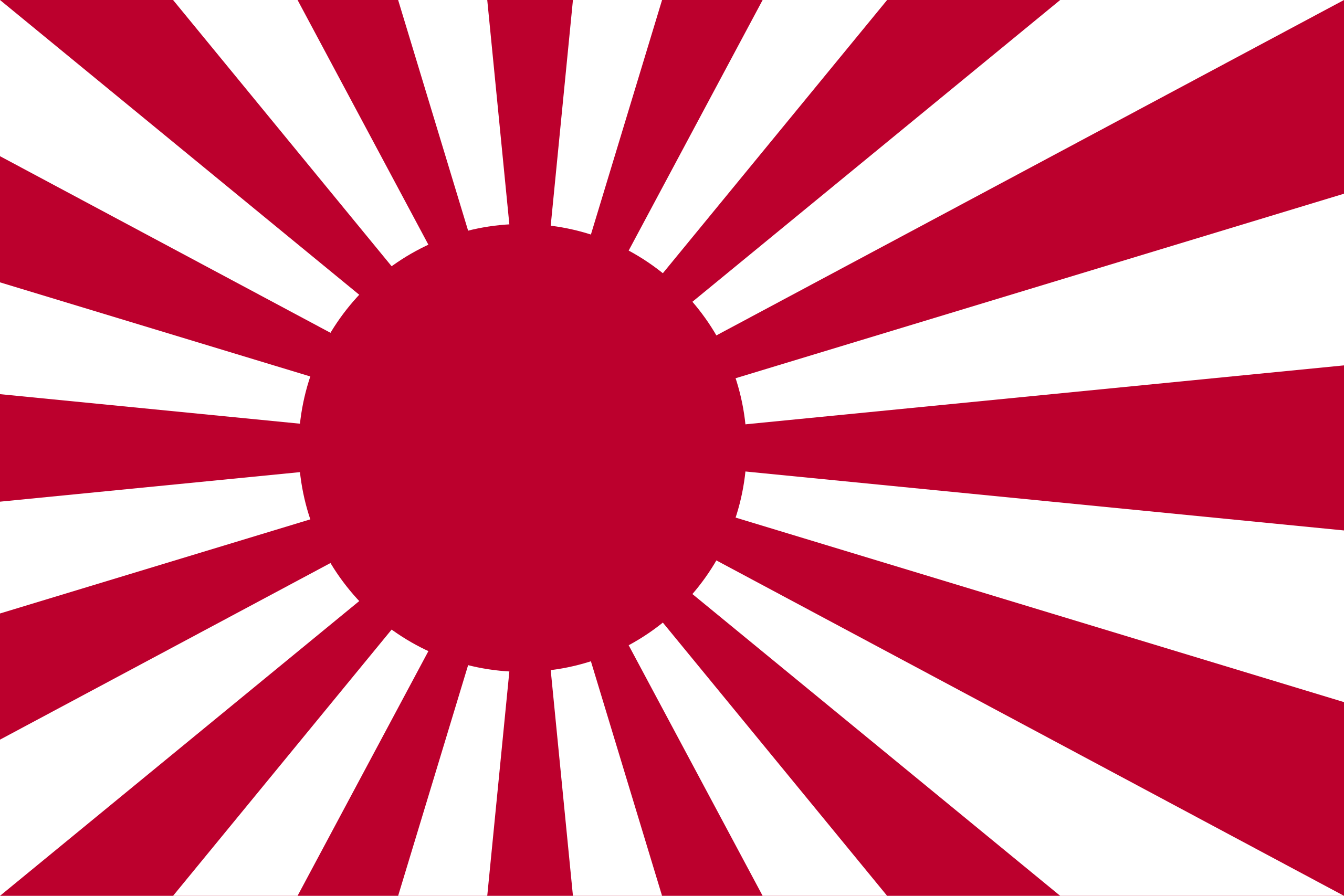
The use of a red sun on a white field can be traced back to as early as the 7th century. During the Nara Period (710-794), Japanese armies used banners known as "nobori" on which the sun motif was often displayed. The history of Japan and the group of emperors of Japan have also played a big part in the uptake of the flag and how it is used.
| Period | Years | Significance of the Rising Sun |
|---|---|---|
| Heian Period | 794–1185 | Associated with the imperial family; depicted as a red sun symbolizing Japan as the land where the sun originates. |
| Kamakura Period | 1185–1333 | Samurai adopted the sun motif on their war flags ('sashimono'), worn on the back of armor. |
| Muromachi Period | 1336–1573 | Used by military leaders and clans on flags, monuments, and landmarks; became a symbol of authority. |
| Edo Period | 1603–1868 | Tokugawa shogunate used the red sun as an official seal; became widely associated with central government authority. |
| Meiji Period | 1868–1912 | Modern Japanese flag design was officially adopted in 1999, influenced by maritime signal code. |
| World War II | 1939–1945 | Used by the Imperial Japanese military; now replaced by the modern red and white flag. |

Cultural Symbolism of the Rising Sun in Japan
The land of the rising sun has become ingrained in Japanese culture. Just some examples of how the sun is referenced and shown in Japanese culture include:
Travel Guide: Visiting the Land of the Rising Sun
Japan is currently one of the most fashionable destinations in the world for Europeans and North Americans. Talking to coworkers about the adventures you had in the land of the samurai is bound to impress even the saddest.
Each season in Japan offers a unique experience. Many choose spring for the cherry blossoms while winter can offer beautiful snowy landscapes. Then there's the wealth of seasonal and cultural celebrations, which you can only attend at certain times of the year.
| Season | Highlights | Festivals & Activities |
|---|---|---|
| Spring (March–May) | Famous for cherry blossoms (sakura), mild weather, gardens in bloom | Hanami (flower-viewing picnics), Himeji Castle Cherry Blossom Festival, Takayama Spring Festival |
| Summer (June–August) | Hot, humid, lively atmosphere | Gion Matsuri (Kyoto), fireworks festivals, climbing Mount Fuji (open season) |
| Autumn (September–November) | Crisp weather, stunning red and gold foliage | Momiji (autumn leaves viewing), harvest festivals, Kyoto’s Jidai Matsuri |
| Winter (December–February) | Snowy mountains, winter sports, illuminations | Sapporo Snow Festival, skiing in Hokkaido, hot springs (onsens), New Year celebrations |
However, it is important to state whether you are paying for a vacation to Japan or have decided to move, you have to prepare your trip adequately, and a certain amount of paperwork is required; you can't escape bureaucracy!
For a short stay of 90 days, many Europeans, UK citizens included, are exempt from applying for a visa before arriving on Japanese soil. Therefore, Brits can enjoy the beautiful country and all it has to offer without completing various forms of immigration paperwork beforehand.
Travel Tips for First-Time Visitors
It is of the utmost importance to carefully manage your time and figure out how much time you wish to spend in the land of the rising sun. The following is a suggested itinerary of how many days should be spent in specific Japanese regions:
- Tokyo: five days
- Kyoto: five days
- Osaka: two days
- Hiroshima: one day
Unique Japanese Cultural Experiences
Ryokan
Traditional Japanese inns where guests sleep on tatami mats, enjoy kaiseki meals, and bathe in communal baths.
Onsen
Natural hot springs, often set in scenic locations, offering relaxation and a quintessential Japanese bathing culture.
Tea Ceremony
A ritualised serving of matcha tea, reflecting harmony, respect, and seasonal Japanese aesthetics.
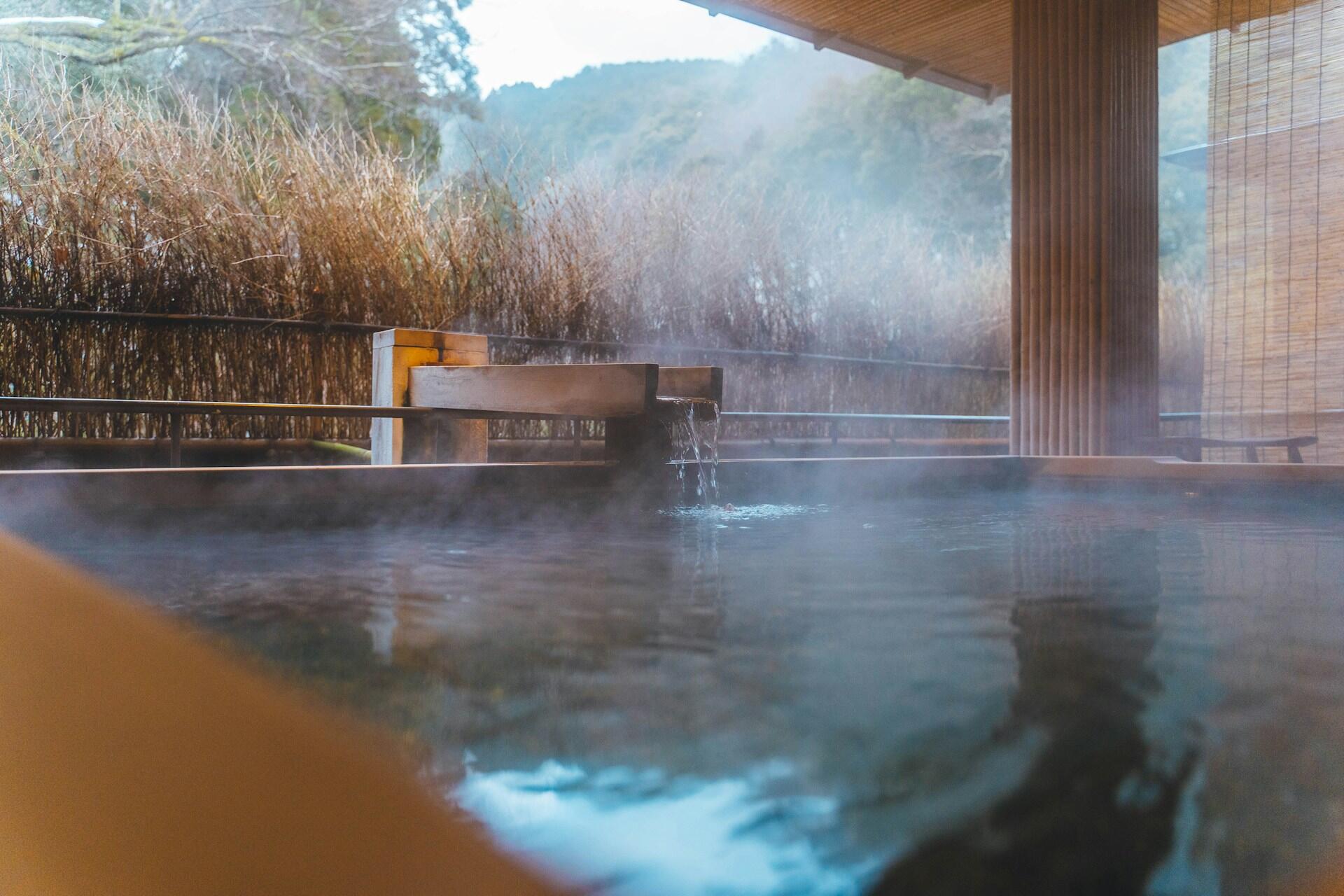
What to Eat Across Japan
| Region | Dish | Description |
|---|---|---|
| Tokyo (Kanto) | Sushi & Tempura | Tokyo is famous for fresh sushi at Tsukiji/Toyosu markets and crisp tempura served with dipping sauce. |
| Osaka (Kansai) | Okonomiyaki & Takoyaki | Street-food favourites: savoury pancakes topped with sauce and bonito flakes, and octopus-filled fried balls. |
| Kyushu | Tonkotsu Ramen | A rich pork-bone broth ramen, especially popular in Fukuoka (Hakata ramen). |
| Hokkaido | Seafood Miso Ramen | Known for its cold climate, Hokkaido serves hearty miso ramen topped with local seafood, butter, and corn. |
| Kyoto | Kaiseki | Traditional multi-course haute cuisine showcasing seasonal and local ingredients, tied to tea ceremony culture. |
These are just some of the parts of the Land of the Rising Sun. Most experienced travellers would tell you that two weeks in Japan are highly recommended to appreciate all of the Japanese culture and natural wonders thoroughly.
Also, if you have the budget and time, a month should be spent in Japan; you will be the envy of all your coworkers! Want to speak some language before you go? Get to know about taking Japanese course on Superprof.
As we previously stated, the capital of Japan, Tokyo, is the most populous metropolitan area in the world. Before you go, you may also want to think about budgeting based on how much you will spend in Japan. Tokyo is famous for being dizzying, breathtaking, and impressive. Taking a tour of unique neighbourhoods such as Shibuya, Akihabara, and Asakusa are worth the time.
Conclusion: Japan, the Land of the Rising Sun
Like many countries around the world, Japan has a fascinating history. The country has been inhabited for centuries and has been through dynasties, world wars, and more. For much of its history, it has been referred to as the Land of the Rising Sun.

A Japan travel experience is a brilliant way to learn the Japanese language without taking Japanese lessons at a school or institute. It is also an incredible way to soak up a lot of the culture of the country, and see the rising sun imagery all over the stunning scenery.

















